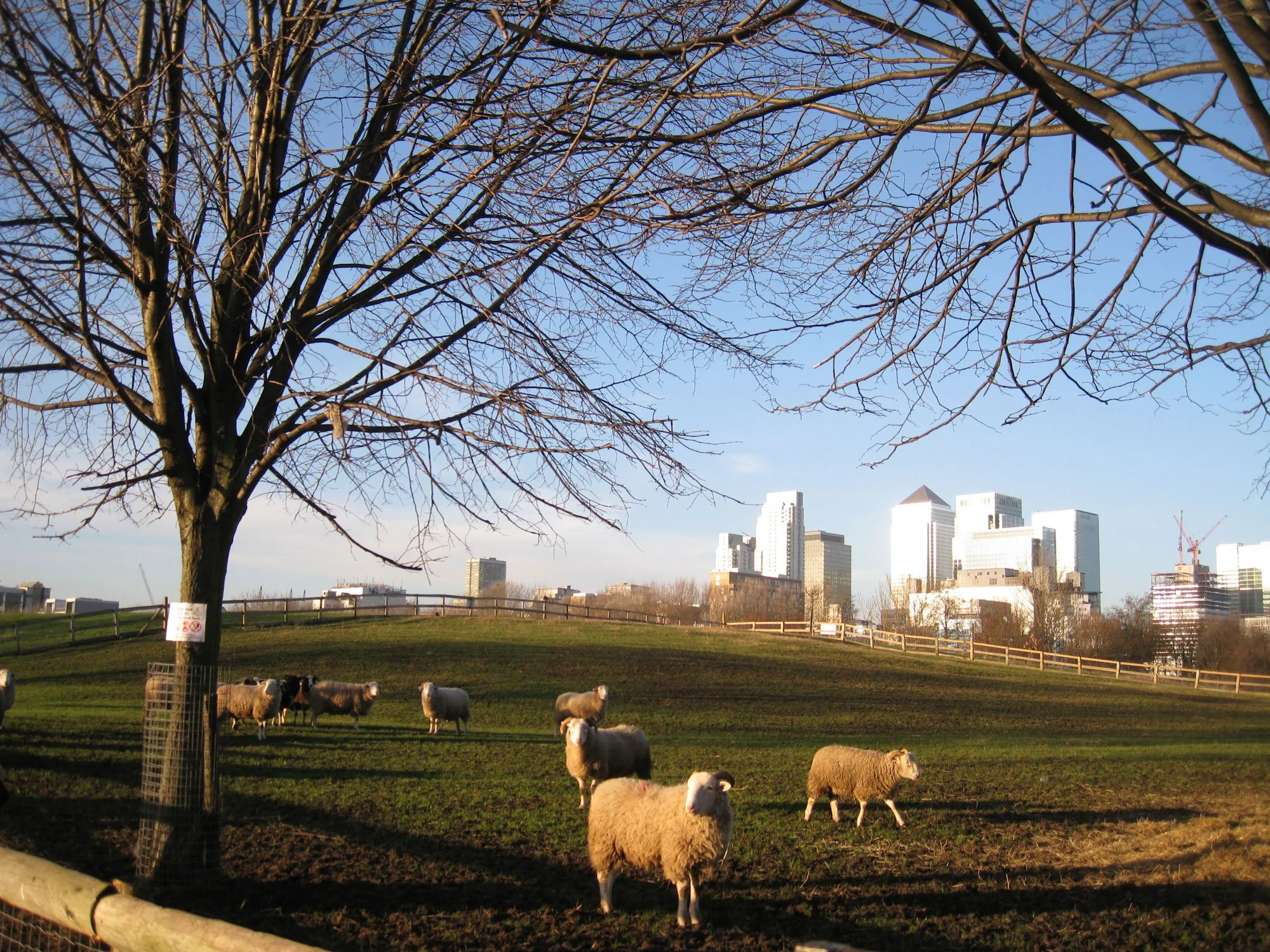WILDLIFE TO WATCH: MID-WINTER
The New Year saw 2012 named the wettest year on record in England, and it will be interesting to see the impact this will have on wildlife in 2013. It certainly has been wet, but hasn’t been as cold as we might normally expect at this time of year. Despite a few early frosts, we’ve enjoyed an unusually mild December and early January. As a result, we’ve continued to see a number of autumnal species, particularly fungi, flourishing well into winter. As we progress through winter, we’ve had the opportunity to take on new habitat management projects and look forward to the wildlife highlights to come. Find out more about what we’ve been up to and what you might expect.
On the whole, winter is a fairly quiet season as plants and animals adopt a wide range of strategies to survive the cold weather and shortages of food. Many plants are dormant, having long since lost their leaves and many invertebrates, amphibians and a some mammals (such as bats and hedgehogs) choose to hibernate, only resurfacing in spring when their invertebrate prey are more abundant. Insects hibernate throughout the winter in all life stages, some adult butterflies and moths roost in tree hollows to see out winter, while others survive the cold as eggs, larvae or pupae. Other species, particularly birds, migrate, travelling to more abundant food sources. This often bring birds to the UK from further North. And finally, some species stick out the hard weather, often storing and hiding food like jays and squirrels.
With deciduous trees having lost their leaves and bird nests long empty, winter is an ideal season for habitat management as work is least likely to disrupt wildlife at this time of year. Farm and open space manager, Nick, has been busy liaising with specialist tree officers and removing diseased trees which can become a danger. The team have also been using the traditional woodland management technique of coppicing, in which a large tree is cut in order to induce the production of new shoots, which can be harvested. You will also notice the beginnings of new hedges around the farm. These hedges are composed of native species, such as hawthorn, blackthorn, beech, hazel and holly. Such hedges and field margin habitats are an important resource for local wildlife, providing food and shelter as well as nesting sites in the season to come.
We don’t know what the weather will bring in the month to come, but cold spells are currently predicted. If so, we may see some hard frosts and even a bit of snow. If not, spring may be on its way. Spring bulbs such as daffodils, crocuses and fritillaries are on their way, with green shoots growing rapidly each day. A few native wildflowers are starting to come into flower as well, so it’s time to keep your eye out for coltsfoot, hogweed and cow parsley among others.

